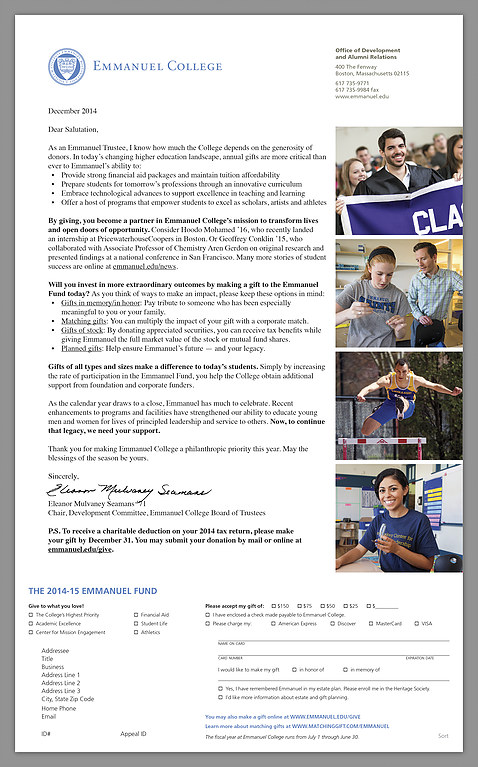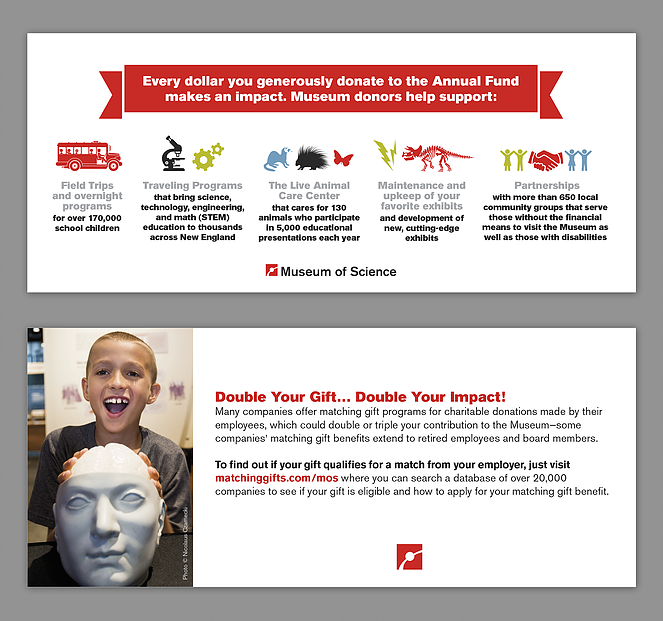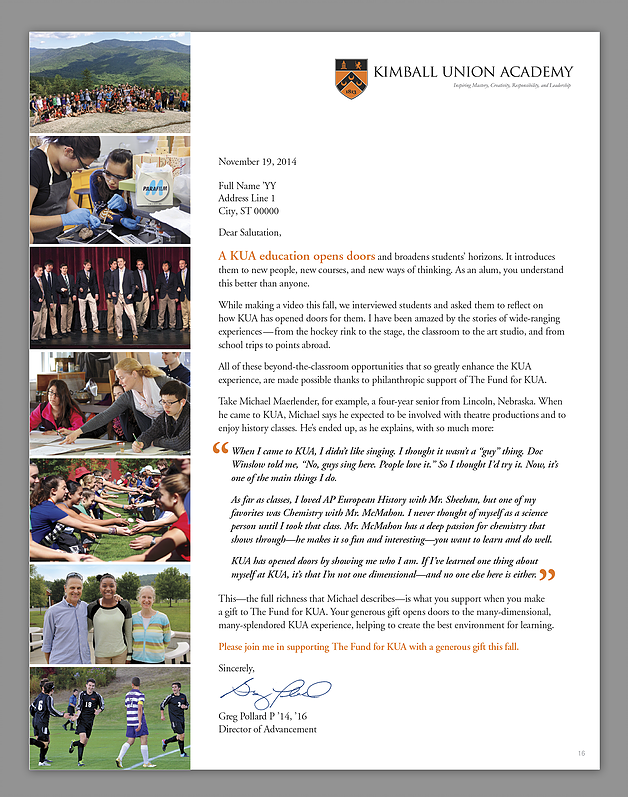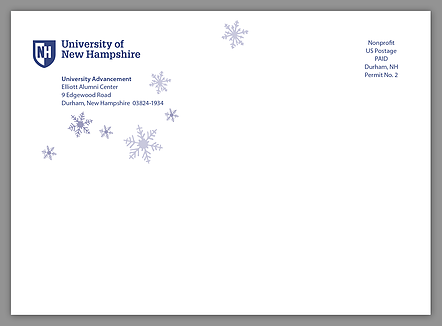Tip #2: The Cost of Poor Graphic Design
In this special blog series, we will discuss effective ways you can optimize direct mail programs in a post-pandemic world and beyond.
Our previous post examined the critical step of perfecting data management to ensure a successful and compliant direct mail campaign. But what good is flawless data if you haven’t focused on your design elements?
In the best-case scenario, a fantastically designed direct mail piece will delight your audience, compliment your call to action and invoke donations. In the worst-case scenario, a poorly designed direct mail piece is deemed irrelevant, alienates your audience, or is tossed in the recycle bin. Although expert data management will ensure that you are targeting the correct people, impactful graphic design and messaging is what will ultimately compel them to embrace your cause.
A recent design firm analyzed how much money they lost in one day based on the time their employees spent attempting to decode a poorly organized chart. It totaled $273, which was more than the daily rate of one employee.1
It is possible to underwhelm with an underdeveloped design, but it can be just as offensive to potential donors if you overwhelm your direct mail with information and graphics. Subtlety is not always a bad thing if you are appropriately taking advantage of every available space on your direct mail piece.2 A good designer will be able to usher you through that process, and understanding the nuances will eventually become second nature.
How can you ensure that you are considering thoughtful graphic design practices in your own direct mail initiatives? Here are some general guidelines from our very own BCG Connect graphic design team:
- Focus on function as well as form
- Embrace concise and relevant copy
- Remember to follow your pre-existing brand guidelines for continuity
- Make sure the tone of your message is reflected in the images you use
Effective graphic design can make or break your direct mail campaign. The fundraising world especially relies on empathy and ethos in their outreach to potential donors.
Here are some examples from our clients who asked us to help them balance their data management needs with effectual graphic design.
Data segmentation will never lose its importance, but when you combine it with innovative and well-crafted graphic design, you are elevating your direct mail strategy to a whole new level.
What do you think about our second tip in this “Optimizing Direct Mail Programs: Post-Pandemic and Beyond” series? We’d love to hear your feedback. Click here to leave us a comment.
Sources:
1 = Evergreen Data
2 = Target Marketing





